Alcohol in skincare causes a lot of confusion. Most people assume this ingredient is bad for skin because it dries it out. This is only partly true. It depends on the particular alcohol and the amount of it in a product.
A friend on Instagram recently asked me for my thoughts on alcohol. She had read conflicting information about it. Since there seems to be so much confusion, I thought it’d be useful to clarify how it is used in skincare.
What is Alcohol’s Function in Skincare?
Most of the beauty advice about alcohol is negative. You are told to avoid alcohol. I say this too (but only when it comes to astringent toners).
The problem with this rule is, alcohol is a general term. There are different types of alcohol with very different properties. So calling alcohol bad for skin is inaccurate.
Alcohol’s function may be as a solvent (dissolves something or thins out a mixture), emulsifier (allows two different substances to blend together), antiseptic (kills bacteria), buffer (balances the pH), stabilizer (prevents separation or unwanted reactions), preservative (minimizes bacterial growth or spoilage), penetration enhancer (improves delivery of an ingredient into skin), or fragrance fixative.
So you see, alcohol is a versatile ingredient that can perform a range of functions.
Here are 3 kinds of alcohol that you can find in skincare:
1. Simple Alcohols
2. Fatty Alcohols
3. Aromatic Alcohols
Simple Alcohols
Simple alcohols are mostly used as an antiseptic – to give the product anti-bacterial qualities.
They are derived from sugars, starches, and other carbohydrates.
Simple alcohols are usually water-like.
Here are some examples:
- methanol
- ethanol (also goes by the name ethyl alcohol, used in rubbing alcohol)
- isopropyl alcohol (also used in rubbing alcohol)
- denatured alcohol (also appears as SD alcohol or Alcohol Denat.)
The type of alcohol that can dry out skin is SD Alcohol or Alcohol Denatured (abbreviated Alcohol Denat.) It may also appear as ‘Alcohol’ on a label. The alcohol in SD Alcohol is Ethyl Alcohol (Ethanol). It is also found in Rubbing Alcohol.
This kind of alcohol (a low molecular weight alcohol) dissolves surface oil but dries out skin (because it evaporates very quickly). When skin is dried out by alcohol, the skin’s protective barrier is weakened, which opens up the skin to all sorts of issues, including the likelihood of more irritation.
SD alcohol alcohol should not be applied ALONE to skin, but in combination with other ingredients, it may be perfectly fine. It depends on how much there is and what else is in the formula.
It is hard to know exactly how much alcohol there is in a product, because the percentage concentrations are never given. The only thing you can do is look to see where it falls on an ingredient list.
Ingredients are listed in order from highest concentration to lowest. But this is not enough information to draw a conclusion. The majority of a product typically consists of the first 6-10 ingredients. But even if alcohol is listed in the top 10, it doesn’t mean it’s drying. It depends on what else is in the formula. There might be some emollient or fatty ingredients that make the product non-drying.
The best thing to do is try the product on your skin before you buy. Or read some online reviews by other people. I realize it’s not easy getting access to samples. But trying it on your own skin is really the only way to find out.
Drugstore toners or astringents have a lot of simple alcohol because they are geared toward teenagers with oily skin. This is why you often hear people say alcohol is bad for skin. Astringent toners will dry out skin, which makes oily skin worse in the long run.
You should avoid buying toners or astringents in drugstores (almost all of them are for acne or oily skin). Pay more for a toner from a beauty retailer or department store. These are the kinds that are hydrating. (More about hydrating toners here, which also lists the different names they are called)
Here are some ingredient lists that contain alcohol, which are circled in yellow. Although they contain alcohol, they are not drying. This is because of the other ingredients in the product.
Common Fatty Alcohols
Fatty alcohols are the non-drying type. They have emollient and occlusive properties.
Unlike simple alcohols, they tend to have a thick, waxy texture. Some are even solid.
They are used to give products a smooth, velvety feel, which give products a nicer slip.
Some fatty alcohols are occlusive, which makes them good for slowing down water loss.
Here are some examples:
- behenyl alcohol
- caprylic alcohol
- cetearyl alcohol (very common)
- cetyl alcohol (very common)
- decyl alcohol
- lauryl alcohol
- myristyl alcohol
- isostearyl alcohol
- oleyl alcohol
- stearyl alcohol
This kind of alcohol performs a similar function to a simple alcohol but has an aromatic fragrance. It functions as a preservative or as a component of a fragrance or essential oil.
Benzyl alcohol is the most common one, but it can be an irritant if derived from an essential oil.
So, there you have it. Just because an ingredient has the word “alcohol” in it doesn’t make it a bad ingredient.
Don’t stress out about whether an ingredient has alcohol in it. I wouldn’t spend too much time looking for it in the ingredient list, unless you’re buying products for oily skin, which is where it is more likely to pop up. You’ll know right away if a product is drying out your skin simply by trying it.
Just stay away from the drugstore astringents or any product labeled as an astringent.
Related Reading:
Want articles delivered straight to your inbox? Sign up here.

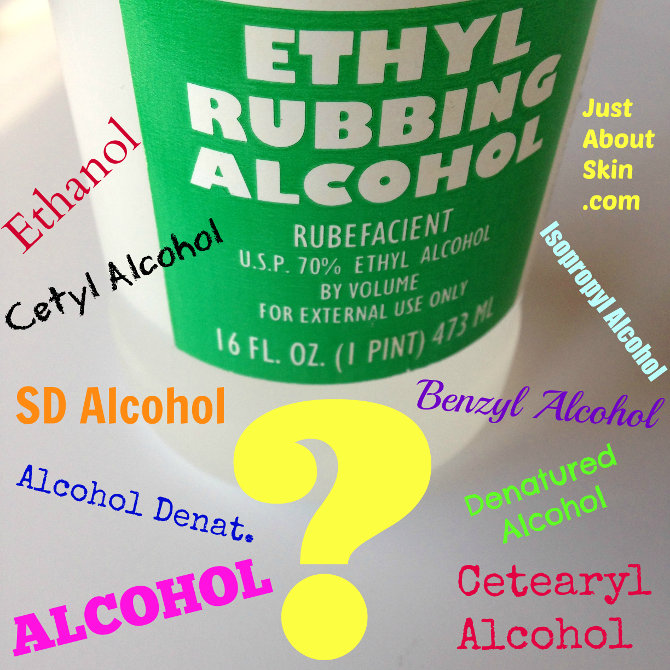
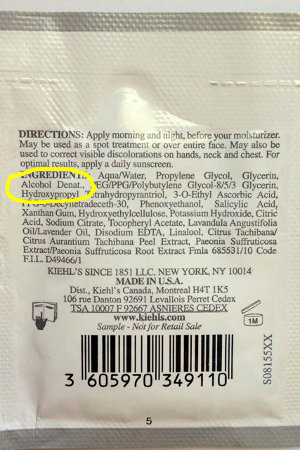

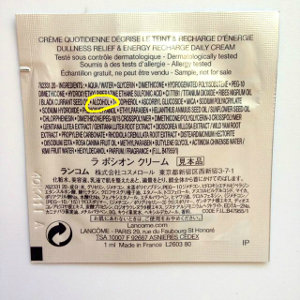
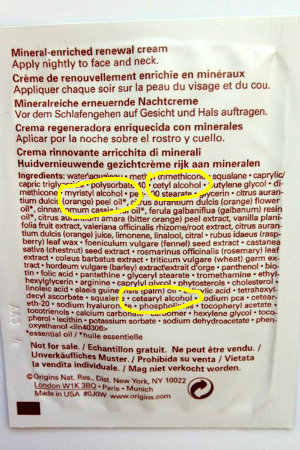
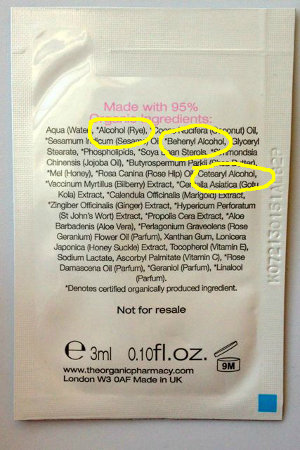
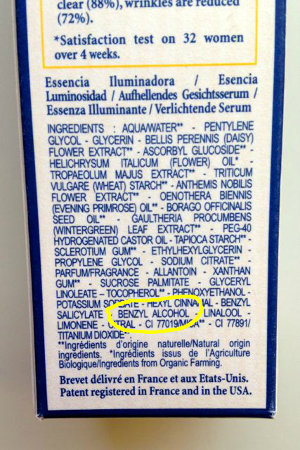
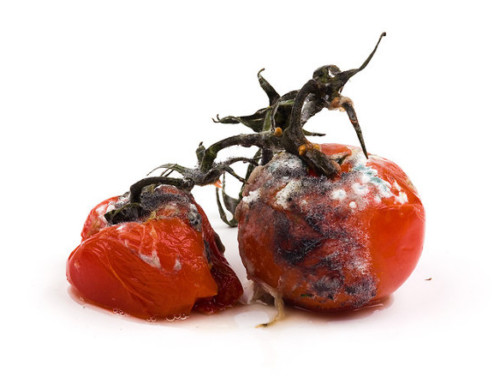
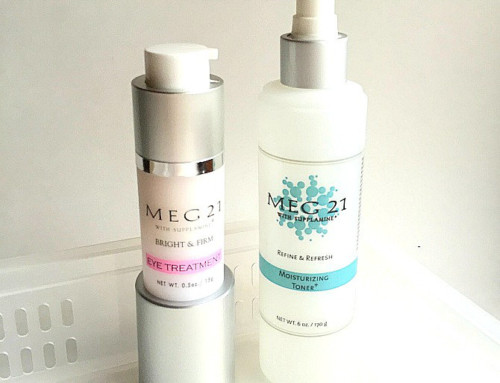
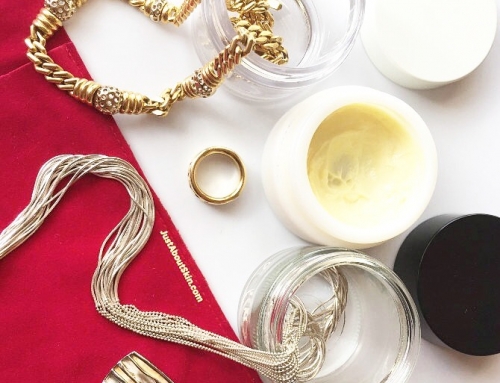
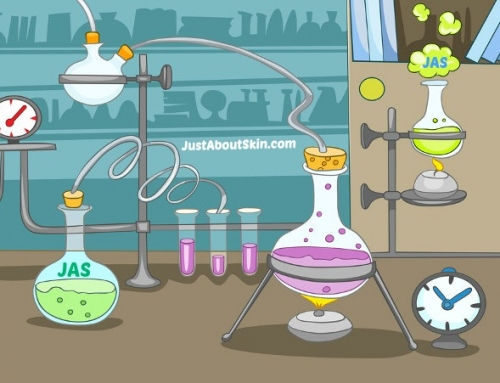

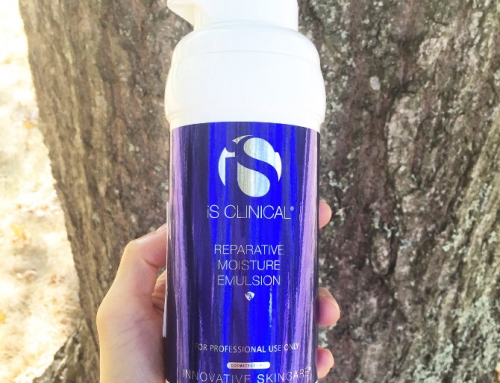
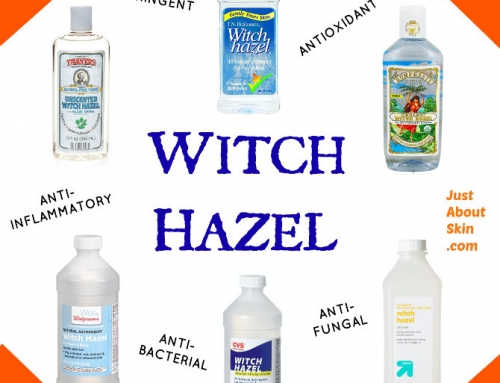
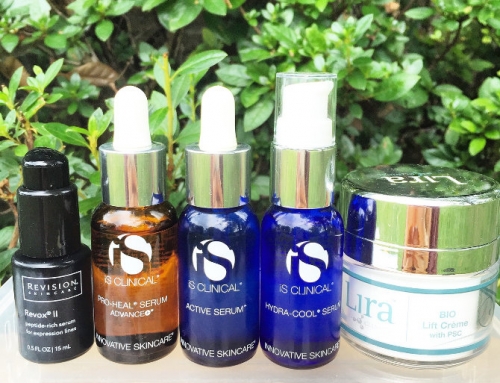

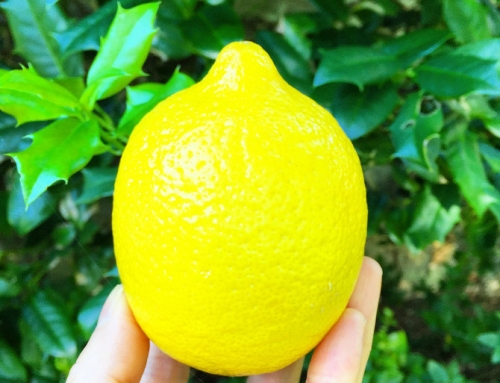
Fantastic info thank you. Alcohol, especially sd alcohol/alcohol denat is one of those ingredients that confuses me. I am surprised to find it in some products, especially products that claim to plump and hydrate !
Can I ask, do you know, is perfume or fragrance as an ingredient usually made of alcohol too ?
Sometimes I notice that fragrance is quite high up in an ingredients list, and wonder why as it’s not something beneficial to skin, although it is enjoyable to have a product that smells great, it’s not essential !
Hi Ruth, thank you! I agree, it is a confusing ingredient. Synthetic fragrance (which is made up of multiple chemicals) often contains alcohol (e.g. ethanol, benzyl alcohol). Fragrance is often used to mask the natural base odor that results when ingredients are combined together (usually doesn’t smell good). So it may be there to make the product’s smell acceptable more so than to give it a specific scent.
As for why you might see it higher up in an ingredient list, it could be there’s a lot of it. Or, it could be that there are many ingredients in the product at a concentration of 1% or less. In the U.S., when an ingredient is 1% or less, it may be listed in any order at that point. I hope this helps! 🙂
Hi, I had a question about Witch Hazel containing alcohol. I’m making an acne face wash/moisturizer/toner with jojoba and essential oils, and I want to add witch hazel but the ones in Rite Aid have 14% alcohol. They don’t say which kind. If I’m mixing this with other moisturizing ingredients, will the alcohol matter? Thanks
Hi, the 14% alcohol is the drying kind. If you are mixing this with other ingredients, you may notice the drying effect of the alcohol. It’s hard to say because it depends on how much you use and what you’re mixing it with. I would try a very small amount first (e.g. the witch hazel is less than 10% of the volume of your end product), and experiment with increasing amounts.
Hi! How about for this Missha Snail Cream? Is it advisable for someone with sensitive skin? Since there’s ethanol in it and it’s quite high in the list.
Snail Extract, Dimethicone, Glycerin, Ethanol, Baobab Tree Extract, Bis-PEG-18methyl Ether Dimethyl Silane, Arbutin, PEG-11 Methyl Ether Dimethicone, Deep Sea Water, Tocopheryl Acetate, Adenosine, Centella Asiatica Meristem Cell Culture, Ethylhexyl Isononanoate, Hydroxyethyl Acrylate/Sodium Acryloyldimethyl Taurate Copolymer, Carbomer, Triethanolamine, PEG-40 Hydrogenated Castor Oil, PPG-26-Buteth-26, Caprylyl Glycol, Ethylhexylglycerin, Disodium EDTA, Xanthan Gum, Perfume
It’s tough to say for sure if it’s suitable for sensitive skin, because sensitivity can be due to many triggers, and ultimately what matters is the final combination of ingredients (not just isolated ingredients). However, these ingredients do not appear problematic. Ethanol may be used to thin the consistency of a product and/or enhance its penetration. The use of it here does not surprise me since snail extract can be viscous (slimy).
don’t buy it the alcohol in it really strong . I used it and everytime I put it on my face are feel like burning ,look for other snail cream .
I want to make an egyptian bath wash which consists of bee pollen, honey, royal jelly, propolis extract and aloe vera amongst other things. I read somewhere that one can dissolve propolis extract with alcohol to get tincture (cuz I have a blob of propolis extract not liquified form) pls what type of alcohol can I use to dissolve it?. I live in a very humid climate so skin drying isn’t a major issue.
what about Butylene Glycol?
Butylene Glycol is a humectant, which is a hydrating ingredient that helps skin retain water.